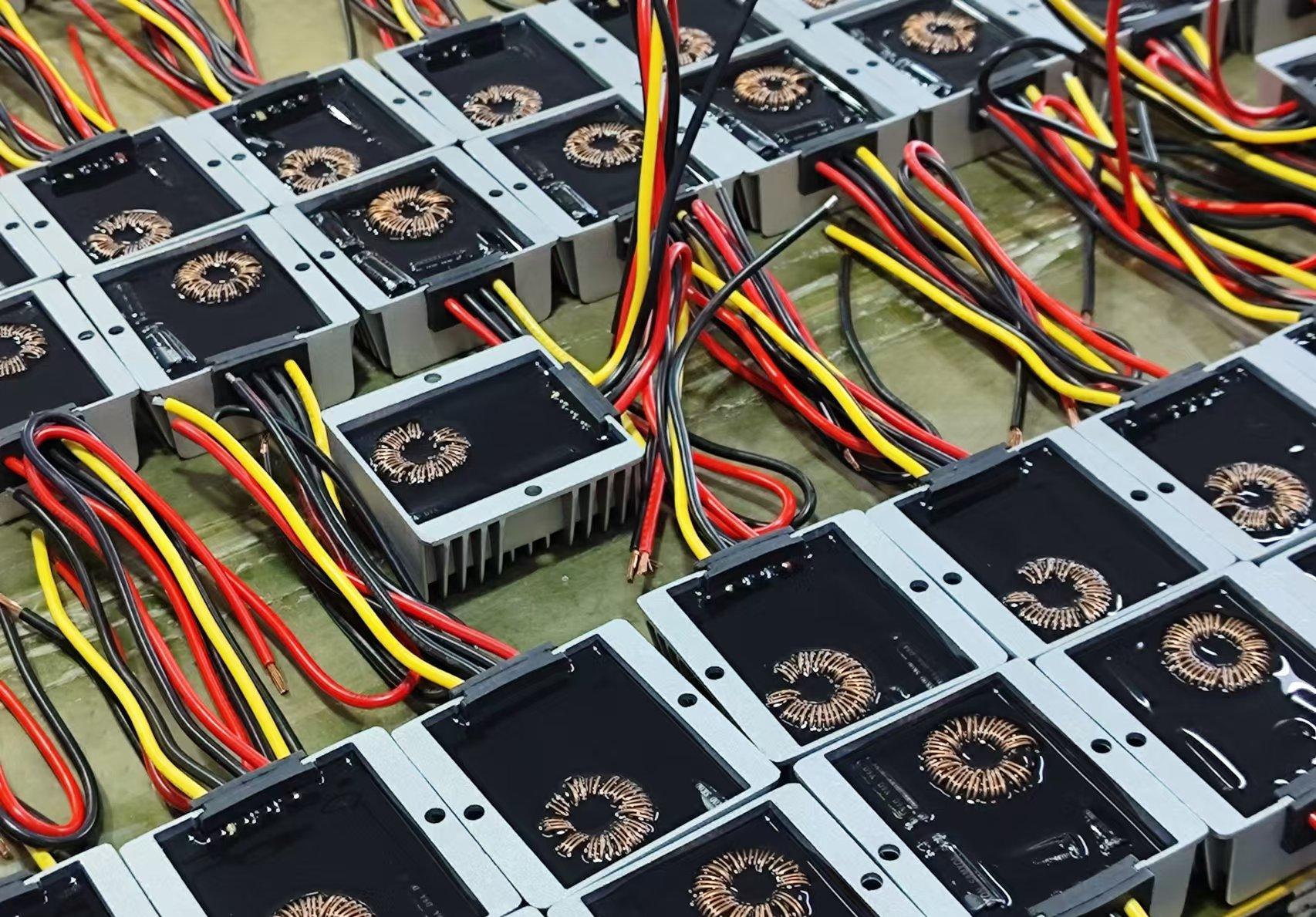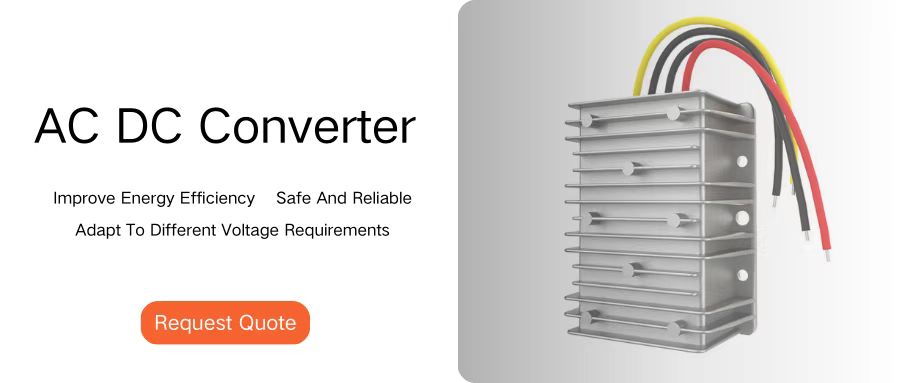An AC-DC converter, commonly referred to as an AC-DC converter, is an electronic device that converts alternating current (AC) to direct current (DC). This conversion is critical for many electronic devices and systems, as they often require a DC power source to operate. Isolation standards for AC-DC converters primarily involve the reduction of electromagnetic interference (EMI) emissions and the application of isolation techniques. Here are some key points:
Electromagnetic Interference (EMI) Emission Standards
EMI emissions include radiated emissions and conducted emissions, and their limits depend on the frequency range and the target device. Bodies such as the International Special Committee on Radio Interference (CISPR), the International Electrotechnical Commission (IEC), the European Committee for Electrotechnical Standardization (CENELEC), the Federal Communications Commission (FCC), and US military standards set industry standards for reducing EMI.
Isolation Technology
Isolated DC/DC converters use isolation technology to reduce EMI, such as by using an isolation transformer. Isolation can be magnetic or optical to ensure electrical isolation between circuits, thereby reducing mutual interference.
EMI Management
One of the common ways to manage EMI is to reduce EMI at the source using better switching control schemes. If EMI is not managed, it can cause interference to neighboring circuits.

EMC-compliant design
The design should comply with electromagnetic compatibility (EMC) standards to ensure that the device works properly in the electromagnetic environment and does not interfere with other devices.
Product specifications and testing
The product needs to pass specific tests, such as conducted emission tests, radiated emission tests, and immunity tests, to ensure compliance with isolation standards.
Safety standards
In addition to EMI and EMC standards, AC-DC converters also need to meet safety standards, such as IEC 60950, to ensure the safety of users and equipment.
Design optimization
Circuit layout, component selection, and PCB design need to be considered during design to optimize isolation and reduce EMI.

Industry applications
Different industries may have different isolation standards. For example, medical devices may require higher isolation levels to protect patients and equipment.
Continuous updates
As technology develops and new standards are released, the isolation standards of AC-DC converters are constantly updated and improved.
In summary, these standards and requirements ensure that AC-DC converters can provide high-efficiency conversion while protecting users and equipment from electromagnetic interference.







